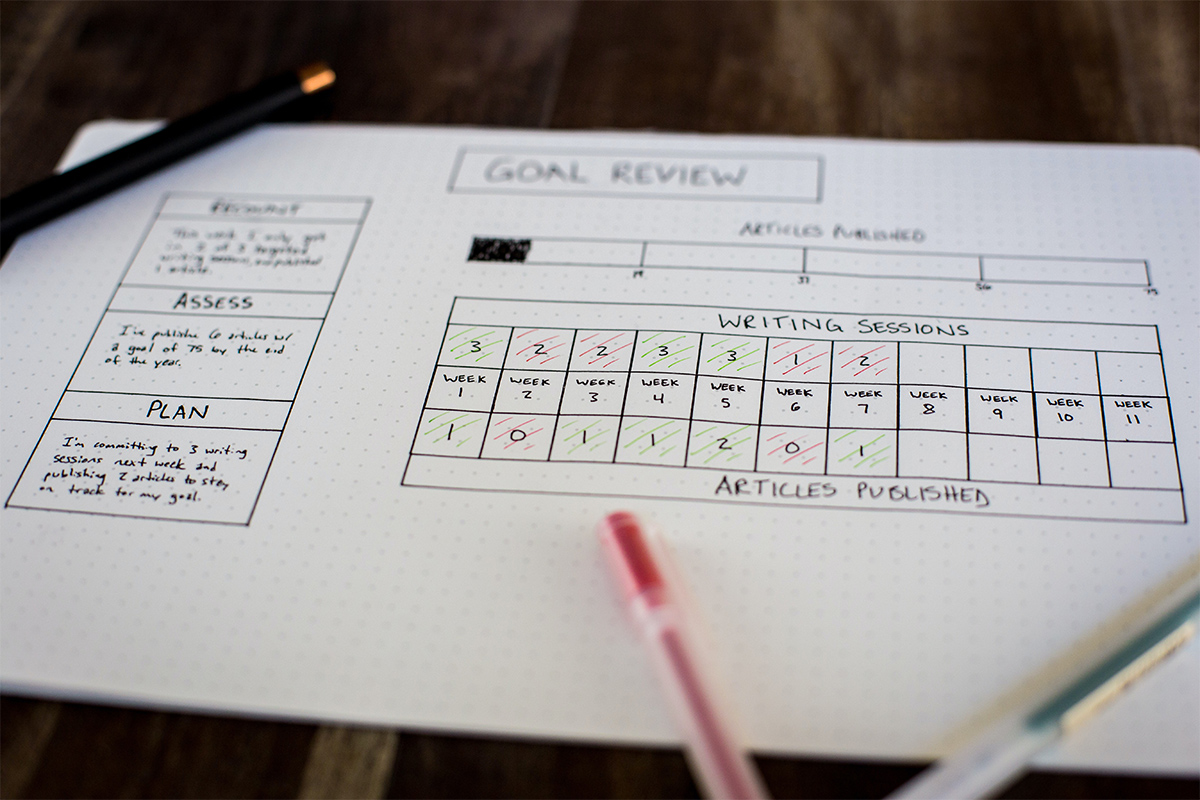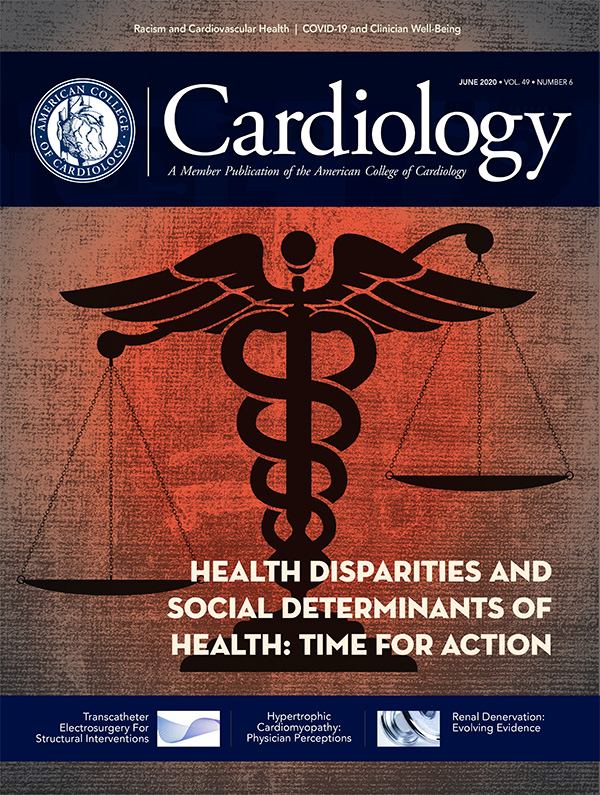Guest Editorial | ACC, AHA Committed to Optimizing the Guideline Development Process Over Next Three Years

For the last 30 years, the ACC has partnered with the American Heart Association (AHA) to jointly develop and produce clinical practice guidelines for the cardiovascular community.
Today, these guidelines remain the gold standard when it comes to synthesizing the latest clinical research into recommendations that can be used to inform and guide patient care.
Over the last few years, questions have been raised about the ability of our guideline processes and publication schedules to keep up with the changing technological landscape, the speed and quantity of new research, and the corresponding needs of the cardiovascular community.
In direct response to such criticisms, the ACC and AHA launched a Guideline Optimization effort in 2019, with the goal of reviewing and evaluating the current guideline strategy and operations while developing comprehensive recommendations to ensure clinical guidelines continue to be relevant, timely, trustworthy and accessible.
Participants in the ACC/AHA Guideline Optimization effort consisted of the ACC and AHA Presidential Teams, current and past leaders of the Guideline Task Force, representatives from ACC's and AHA's respective scientific committees and senior staff leadership, as well as experts in process redesign and related fields.
The end-result: 30 key recommendations that if implemented as specified could potentially reduce the time to develop and produce a guideline by 50%, while enhancing the look, feel and usability of the document in both electronic and print form.
Among the recommendations:
- Hiring additional staff and contractor expertise to support the guideline process, specifically a compliance analyst to navigate Relationships With Industry policy adherence, medical librarian to expedite evidence reviews, medical content specialist to support translation of content into updatable "modular knowledge chunks," and copyeditor to ensure high quality formatting.
- Including representation of fellows in training and early career clinicians on guideline writing committees. Representation will be diverse and inclusive of gender, race and ethnicity as per the organizational principles and values of the ACC and AHA.
- Forming the peer reviewer committee at the onset of each guideline writing process, to increase participation and focus reviewers on specific areas of competence for feedback and criticism. One additional intention of this review process will be to reinforce its transparency.
- Establishing criteria to determine the need for an independent, systematic review of the available evidence before the writing of a guideline is initiated.
- Using modular-based formats, structured content templates, and standardized text/tables/figures to support the eventual use of a content management system to optimize dissemination of knowledge and recommendations.
Together, the ACC and AHA are working towards a phased implementation of these and other key recommendations between now and 2022. The plan is to produce an average of four guidelines per year in formats that are easier to access and use in the real-time management of patients with cardiovascular disease.
To date, we have already made progress updating and clarifying the AHA/ACC Joint Committee on Clinical Practice Guidelines governance charge and scope. We have also brought on new team members, including a full-time medical librarian and compliance analyst.

Additionally, we have initiated market studies to understand "trust-worthiness," audience needs and preferences and the current environment. We are also in the process of developing a topic "pipeline" and working on a Guideline Training Program that we will develop this year.
Importantly, we are also working to apply specific Guideline Optimization recommendations to guidelines already underway. Separately, the ACC and AHA are supporting a complementary effort to identify a content management system as a critical enabler to the vision of a "living guideline" – an evidence-based resource that reflects the most recent changes in clinical practice and meets the needs of the clinician caring for the cardiovascular patient.
What does success look like? While change won't happen overnight, the ACC and AHA are committed to continuing their 30-year legacy of serving as the go-to source of timely and transparent clinical guidance and knowledge for the cardiovascular medicine community.
Helping our members keep pace with new knowledge is fundamental to the mission of each organization. We will be reporting back on our progress as this process continues to move forward.
The Greek philosopher Heraclitus said: "The only thing that is constant is change." We are committed to navigating this change and ensuring our guidelines change too.
Clinical Topics: Cardiovascular Care Team
Keywords: ACC Publications, Cardiology Magazine, American Heart Association, Cardiovascular Diseases, Time Management, Ethnic Groups, Leadership, Intention, Librarians, Goals, Advisory Committees, Publications, Peer Review, Empathy, Writing, Patient Care
< Back to Listings


